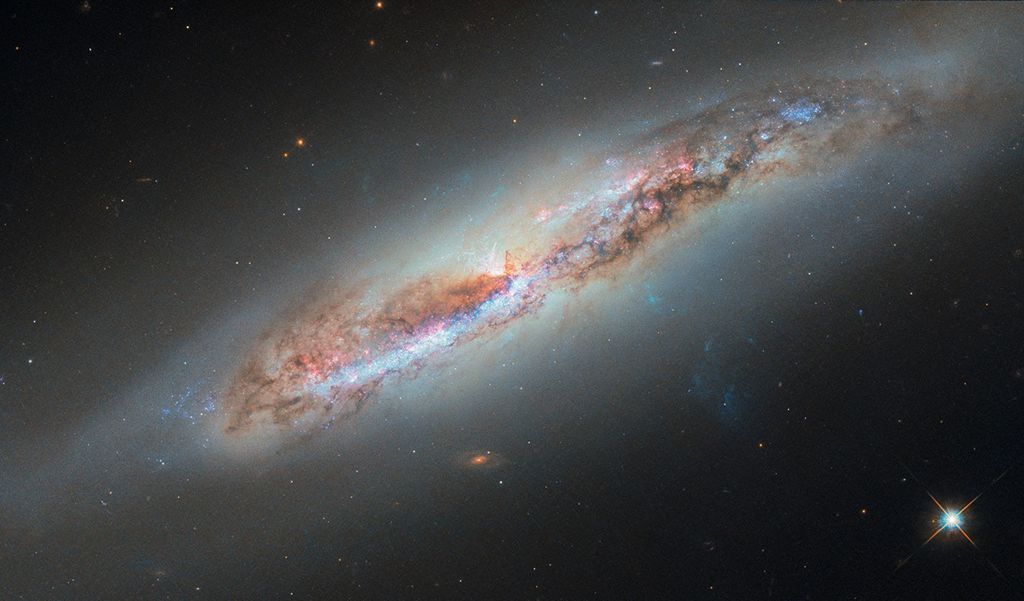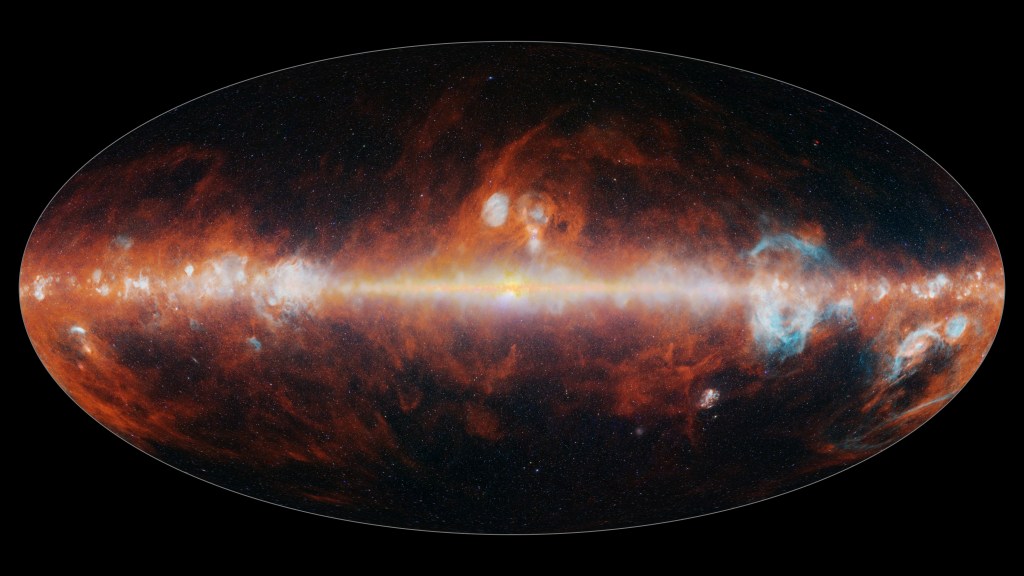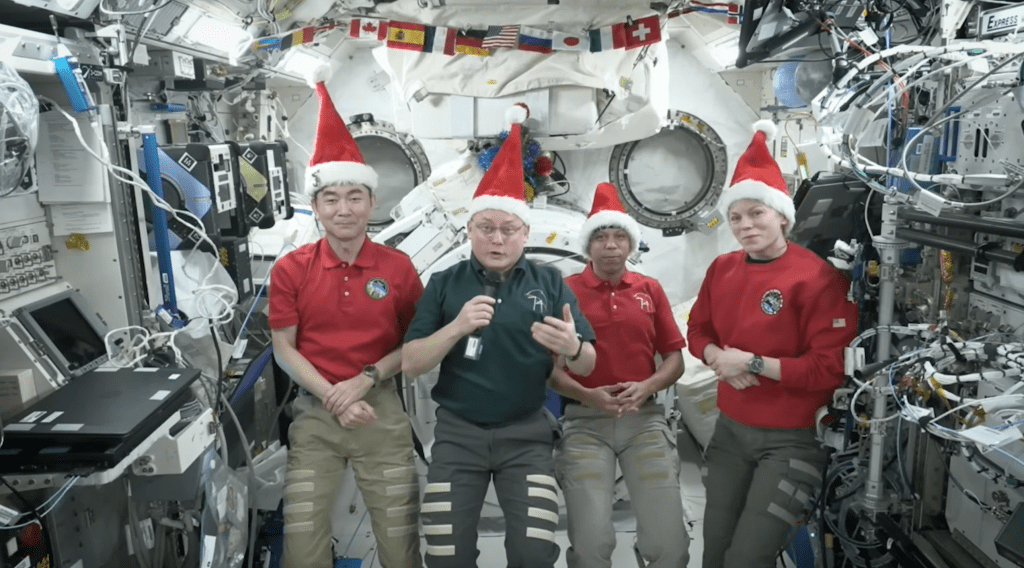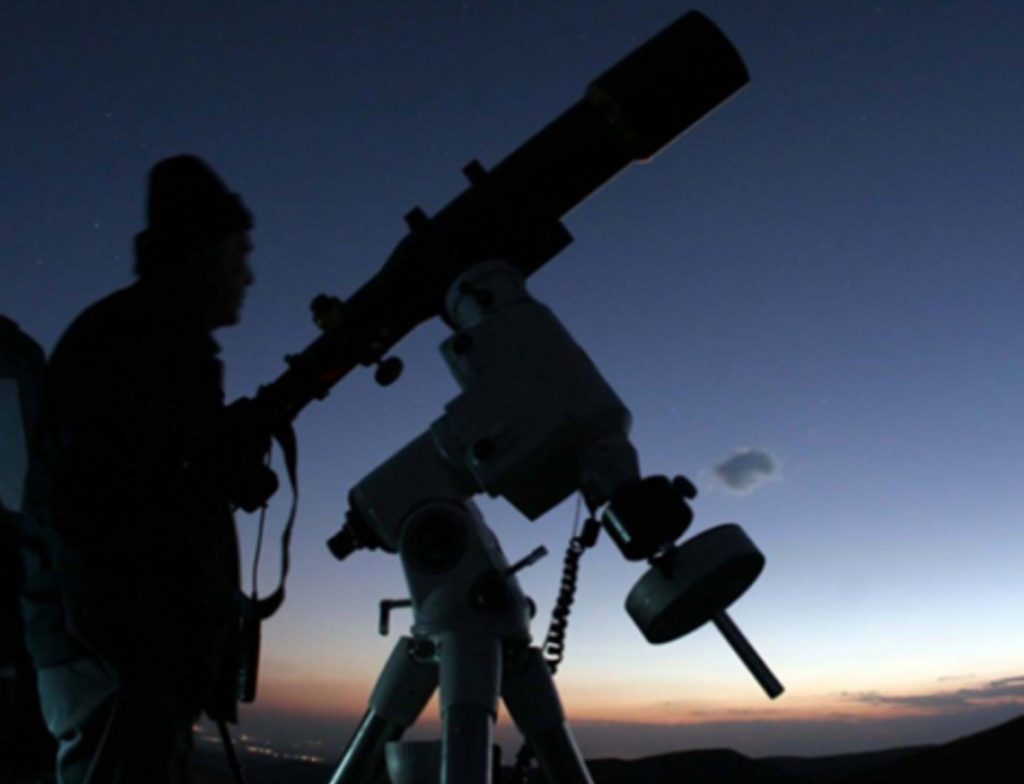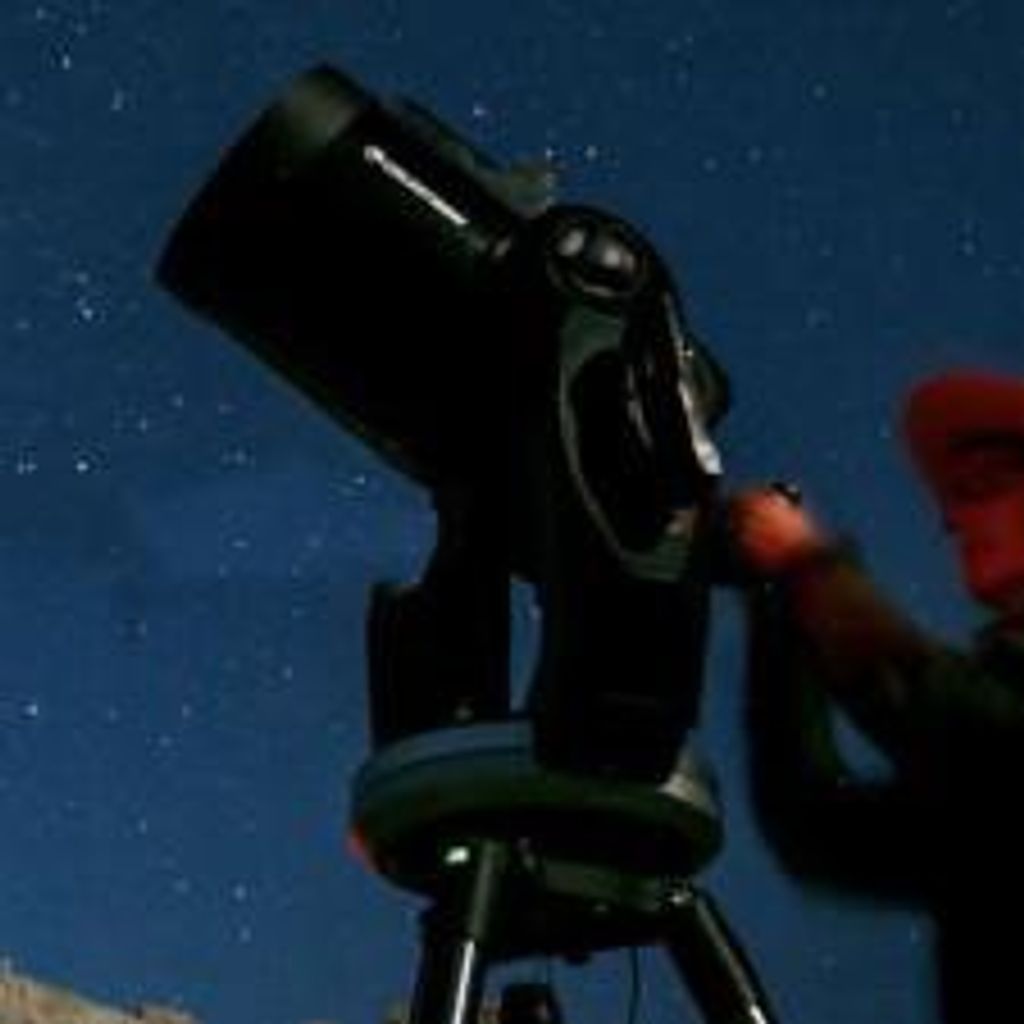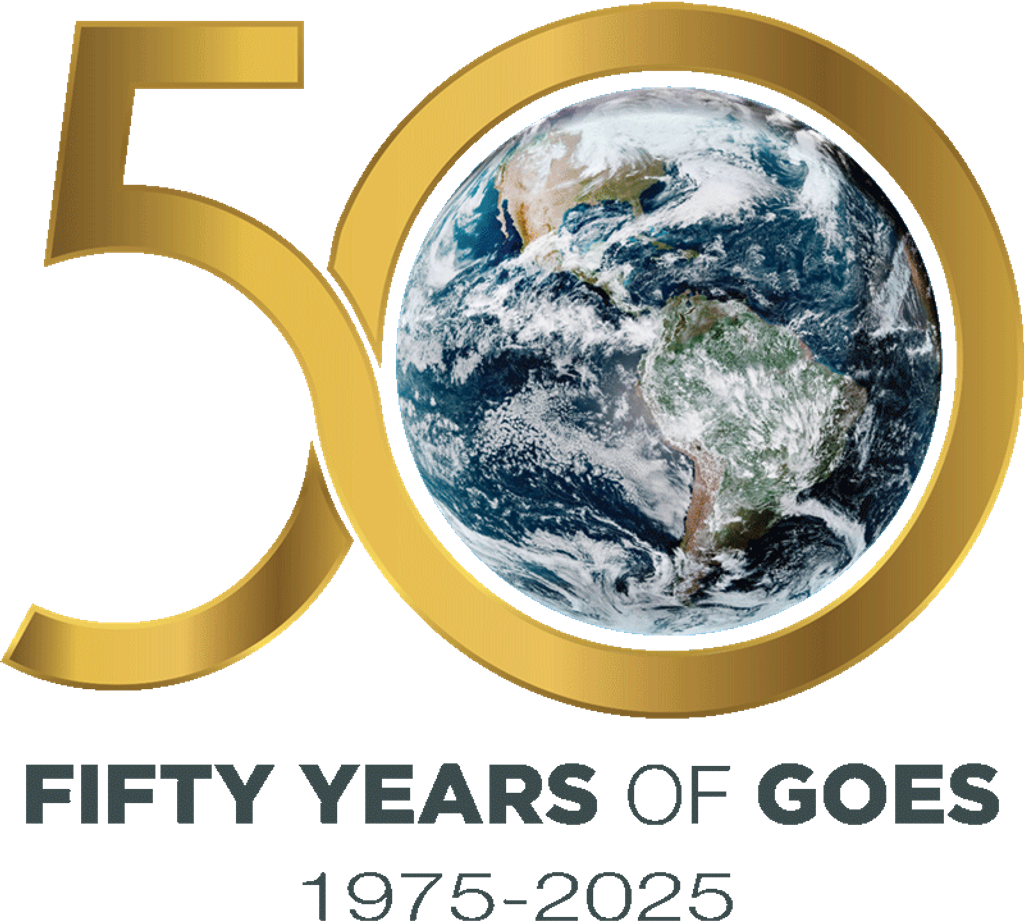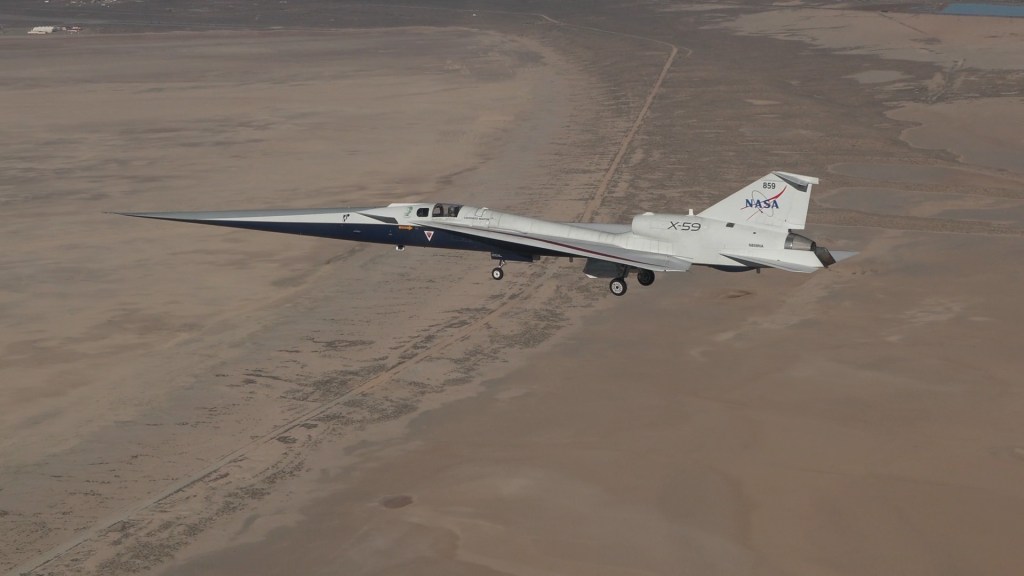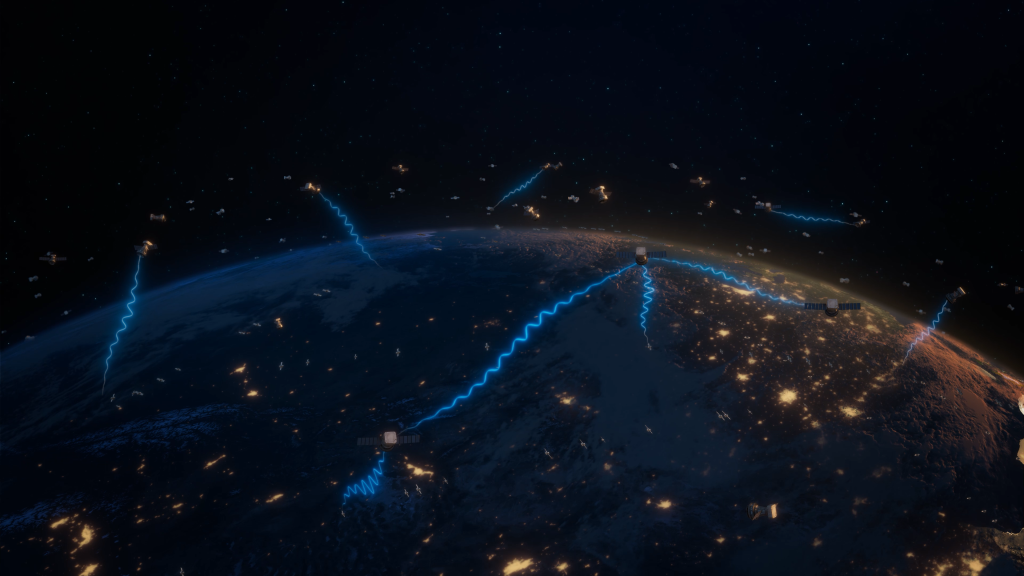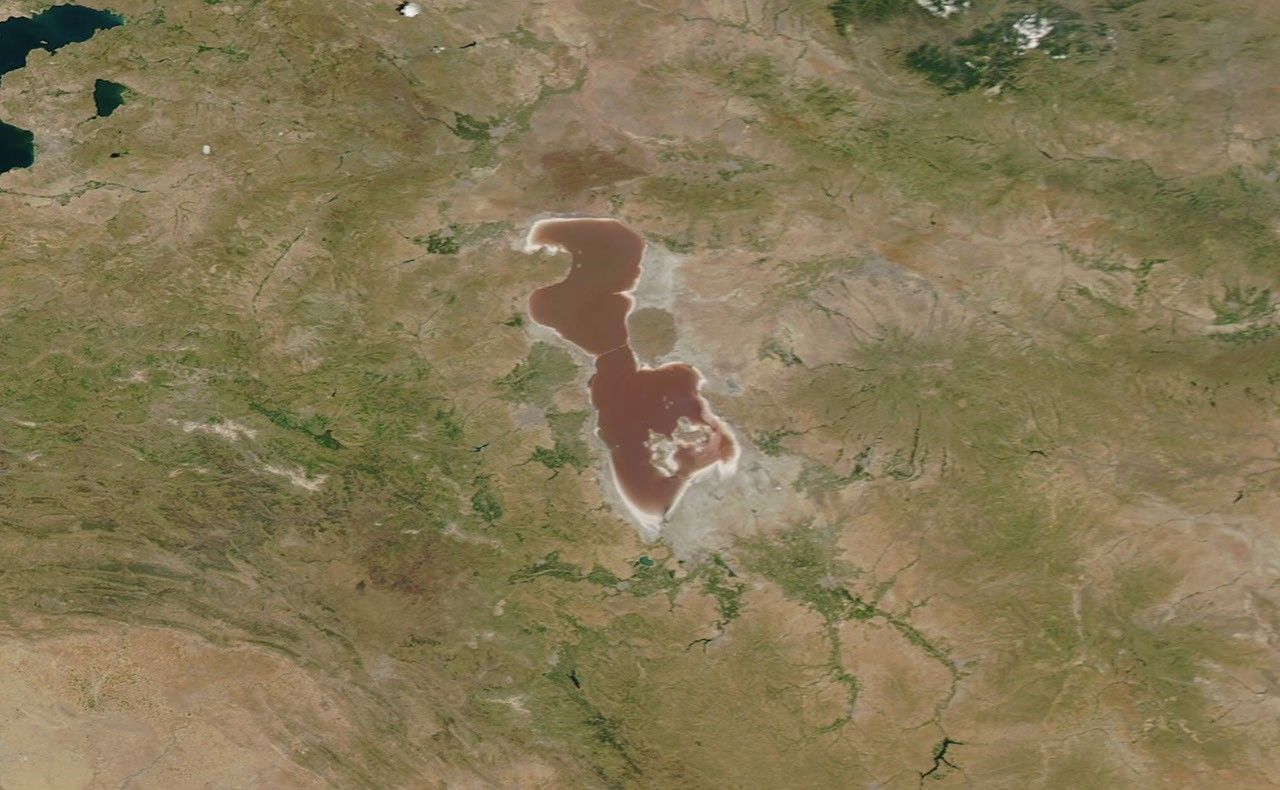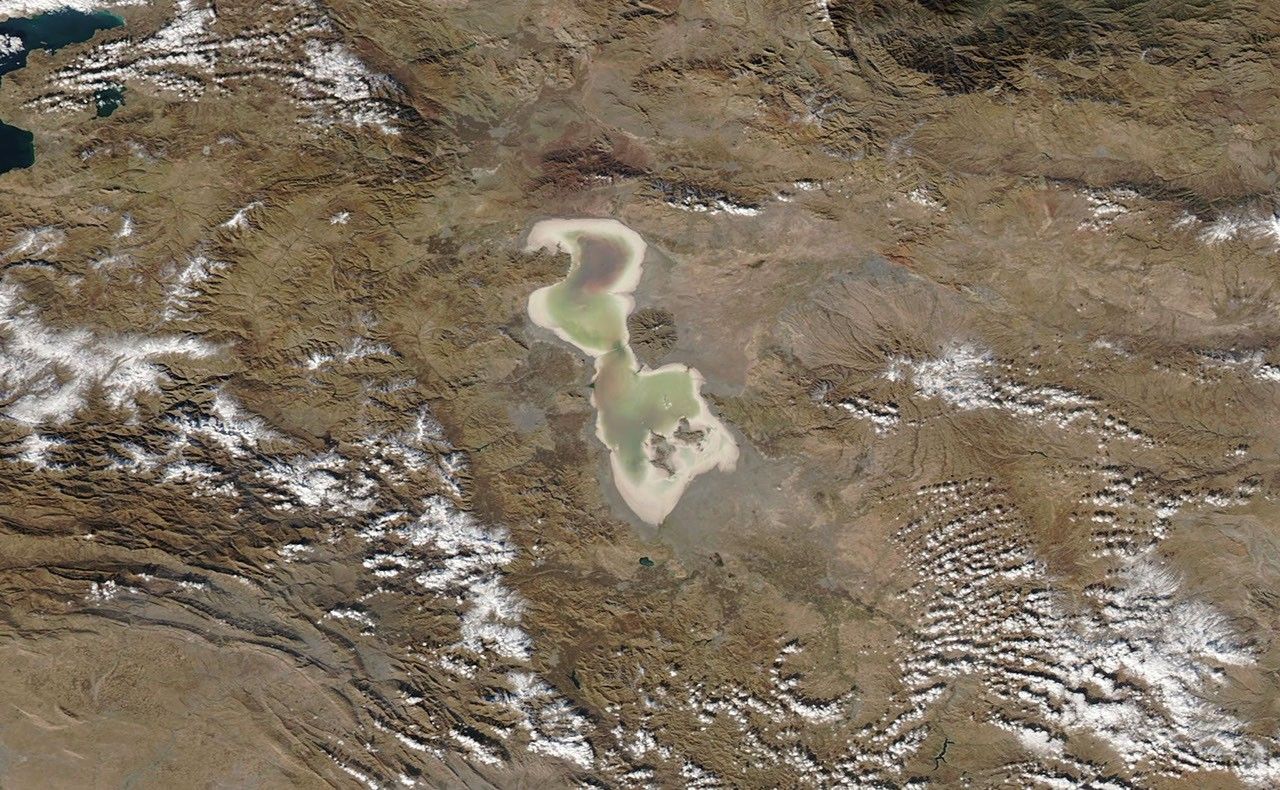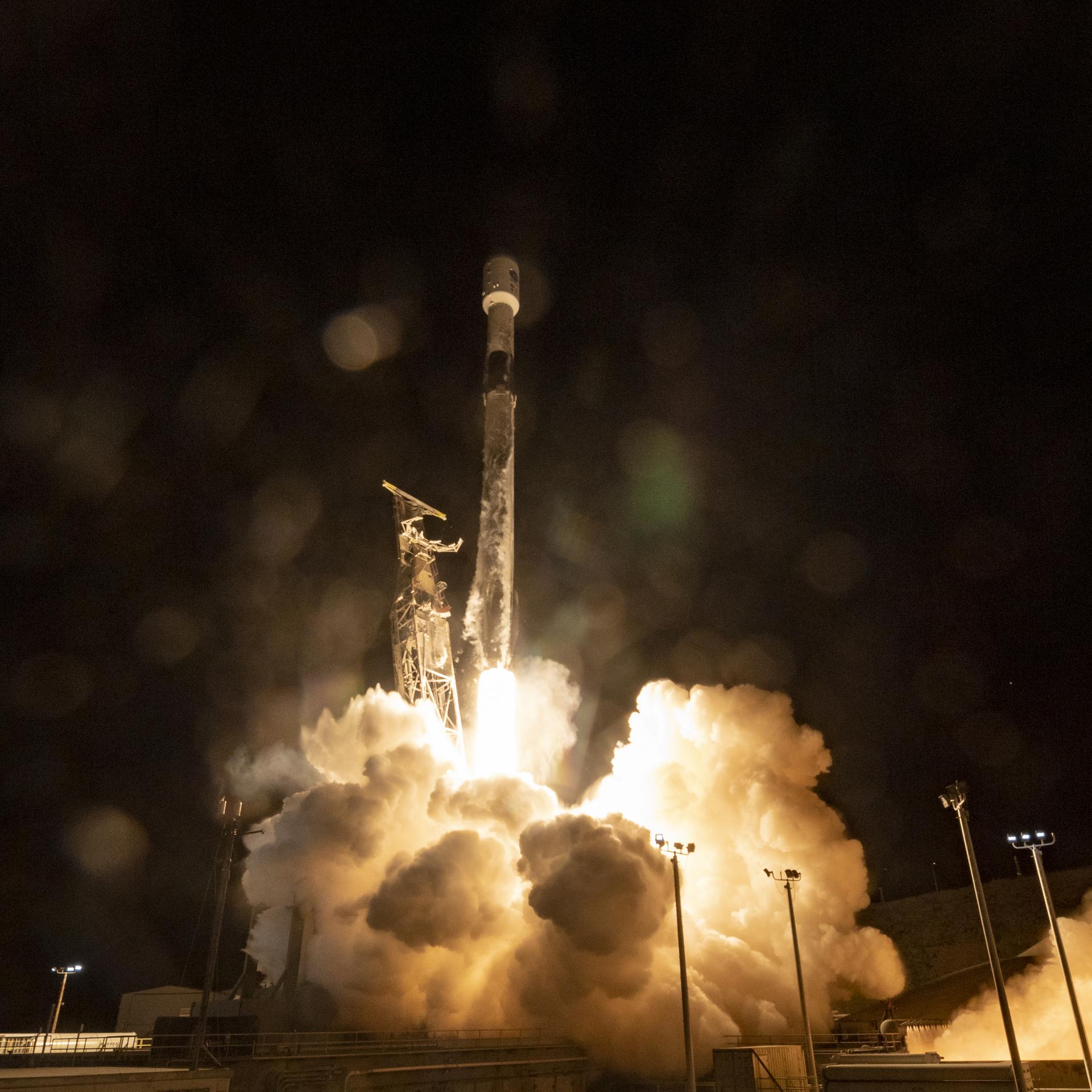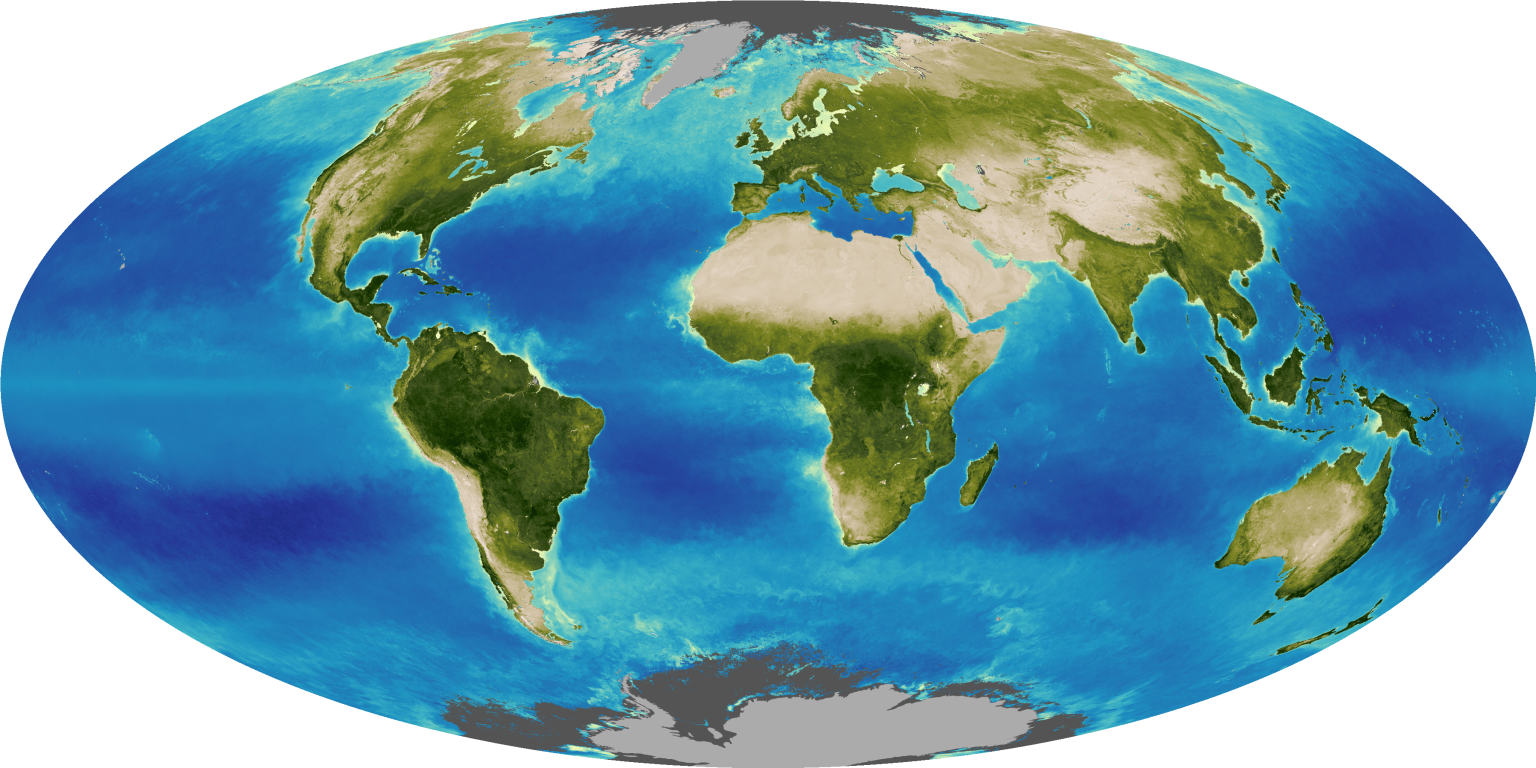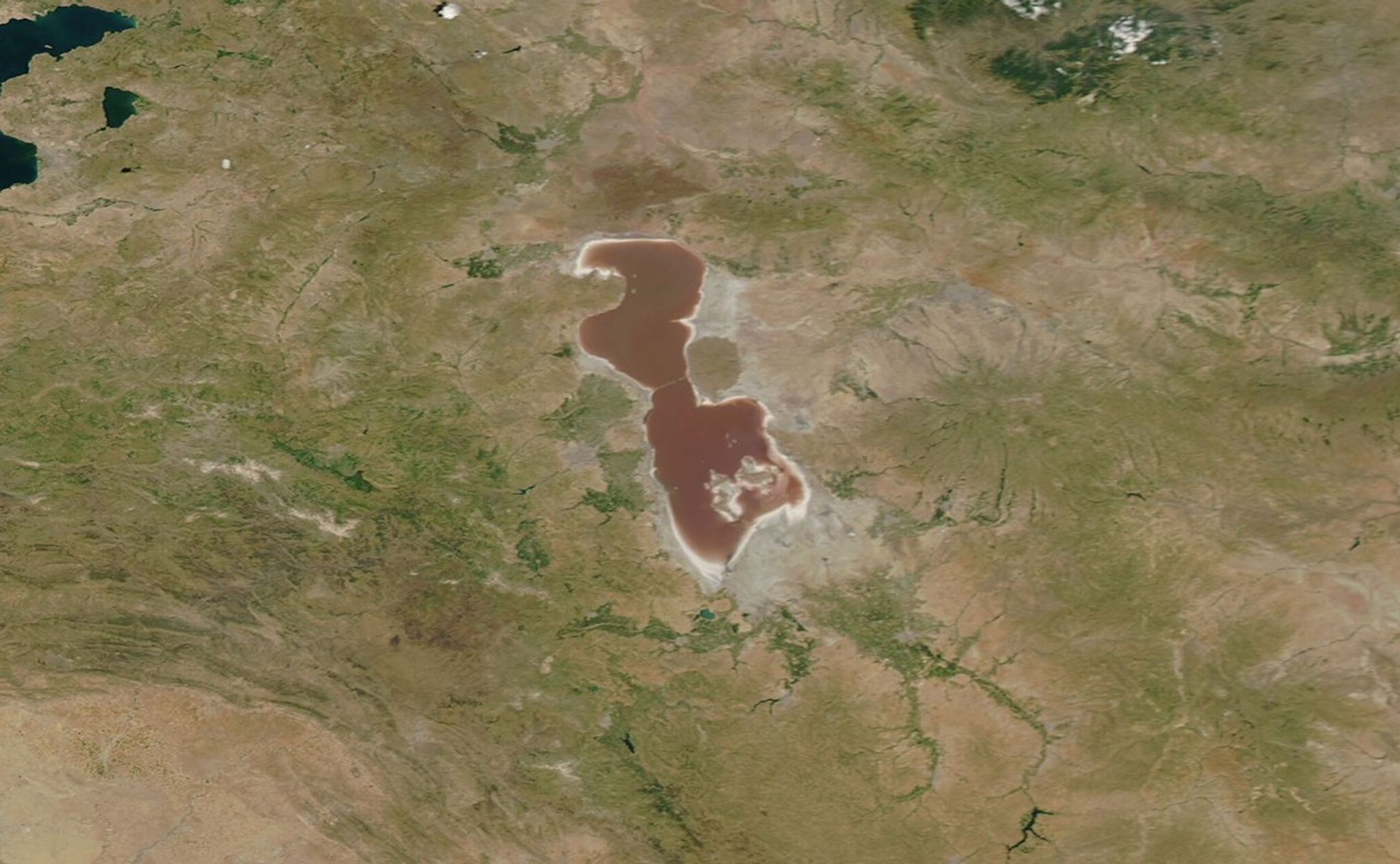
Iran's Lake Urmia is one of the world's largest hypersaline (extremely salty) lakes. It has been declared a Wetland of International Importance and a UNESCO Biosphere Reserve. But as reported by the United Nations Environment Programme, its water level began to decline rapidly in the mid-1990s. Incoming water was diverted for agricultural use, dams blocked inflowing rivers, rainfall decreased, and rising temperatures brought increased evaporation. Torrential rains in 2018 and 2019 helped to replenish the lake, as seen in the June image, which shows Urmia largely filled with water tinted red by bacteria or algae. But by the time of the November image, the lake was once again drying out. Read more at NASA's Earth Observatory. Images taken by the Moderate Resolution Imaging Spectroradiometer (MODIS) instrument on NASA's Aqua satellite. Source: NASA's Earth Observatory Download images:image 1image 2
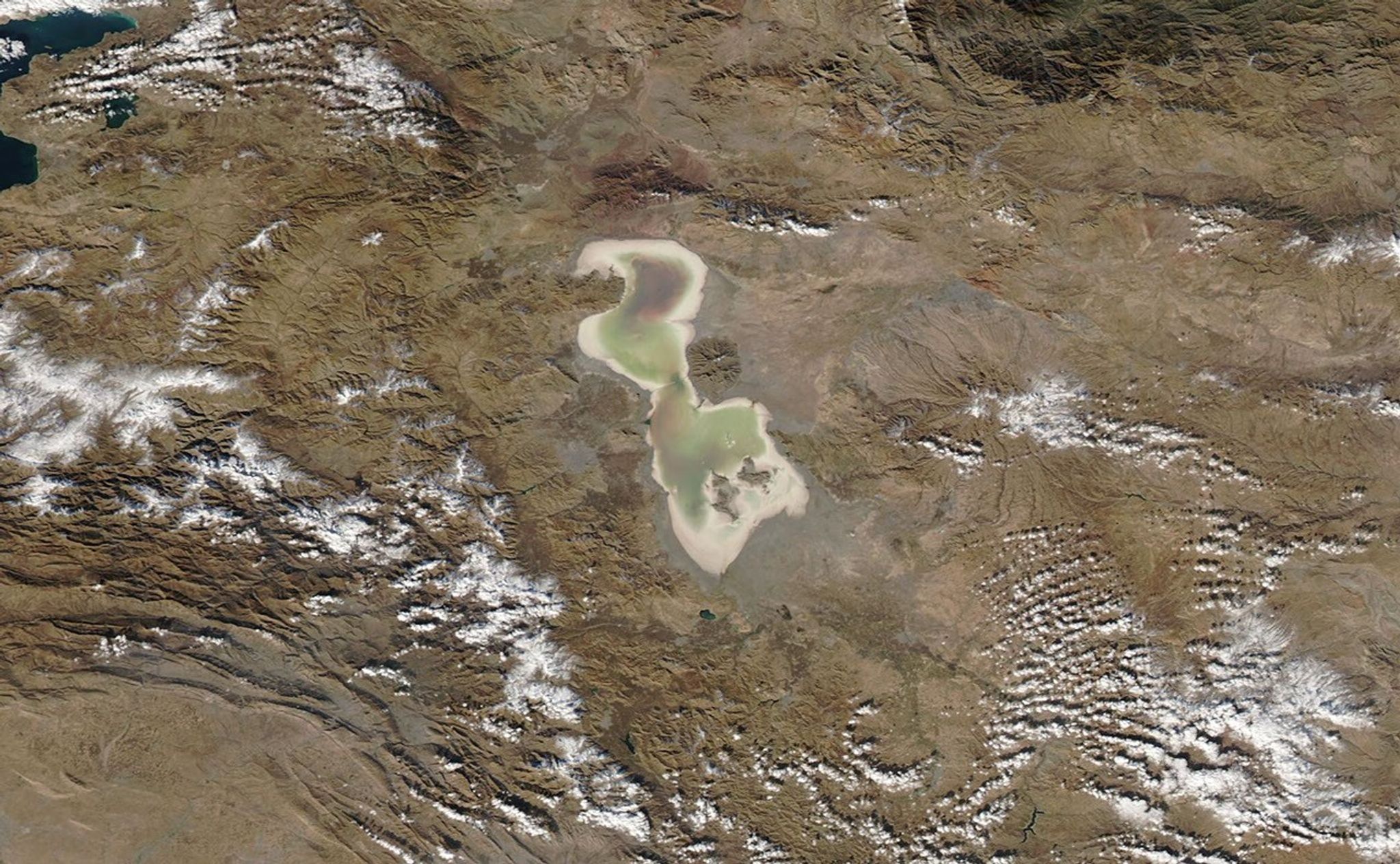
Iran's Lake Urmia is one of the world's largest hypersaline (extremely salty) lakes. It has been declared a Wetland of International Importance and a UNESCO Biosphere Reserve. But as reported by the United Nations Environment Programme, its water level began to decline rapidly in the mid-1990s. Incoming water was diverted for agricultural use, dams blocked inflowing rivers, rainfall decreased, and rising temperatures brought increased evaporation. Torrential rains in 2018 and 2019 helped to replenish the lake, as seen in the June image, which shows Urmia largely filled with water tinted red by bacteria or algae. But by the time of the November image, the lake was once again drying out. Read more at NASA's Earth Observatory. Images taken by the Moderate Resolution Imaging Spectroradiometer (MODIS) instrument on NASA's Aqua satellite. Source: NASA's Earth Observatory Download images:image 1image 2
Before and After
Drying Lake Urmia, Iran
June 3, 2021 - Nov. 23, 2021
Iran's Lake Urmia is one of the world's largest hypersaline (extremely salty) lakes. It has been declared a Wetland of International Importance and a UNESCO Biosphere Reserve. But as reported by the United Nations Environment Programme, its water level began to decline rapidly in the mid-1990s. Incoming water was diverted for agricultural use, dams blocked inflowing rivers, rainfall decreased, and rising temperatures brought increased evaporation. Torrential rains in 2018 and 2019 helped to replenish the lake, as seen in the June image, which shows Urmia largely filled with water tinted red by bacteria or algae. But by the time of the November image, the lake was once again drying out. Read more at NASA's Earth Observatory. Images taken by the Moderate Resolution Imaging Spectroradiometer (MODIS) instrument on NASA's Aqua satellite. Source: NASA's Earth Observatory

